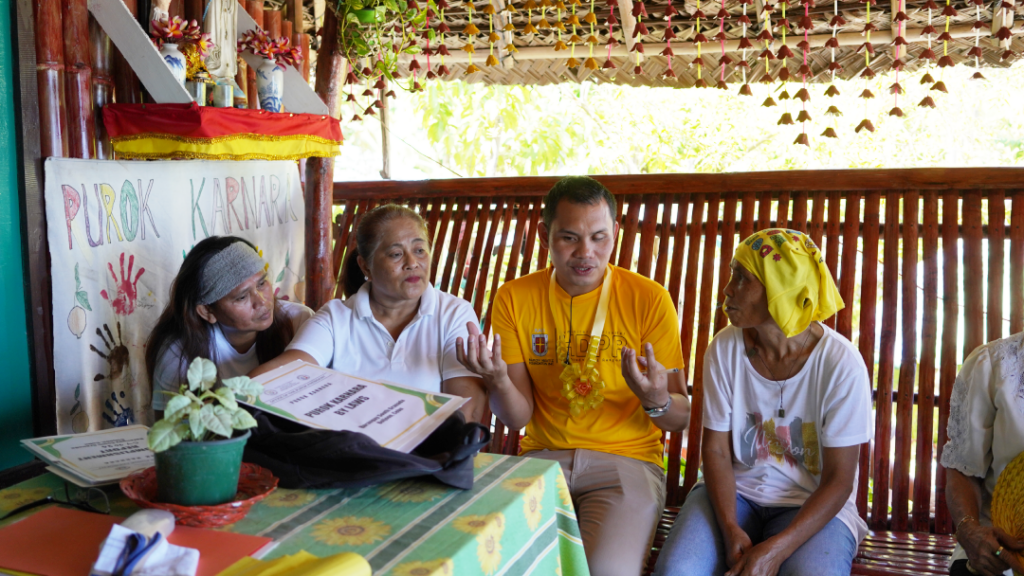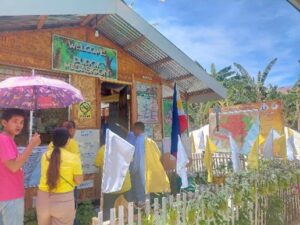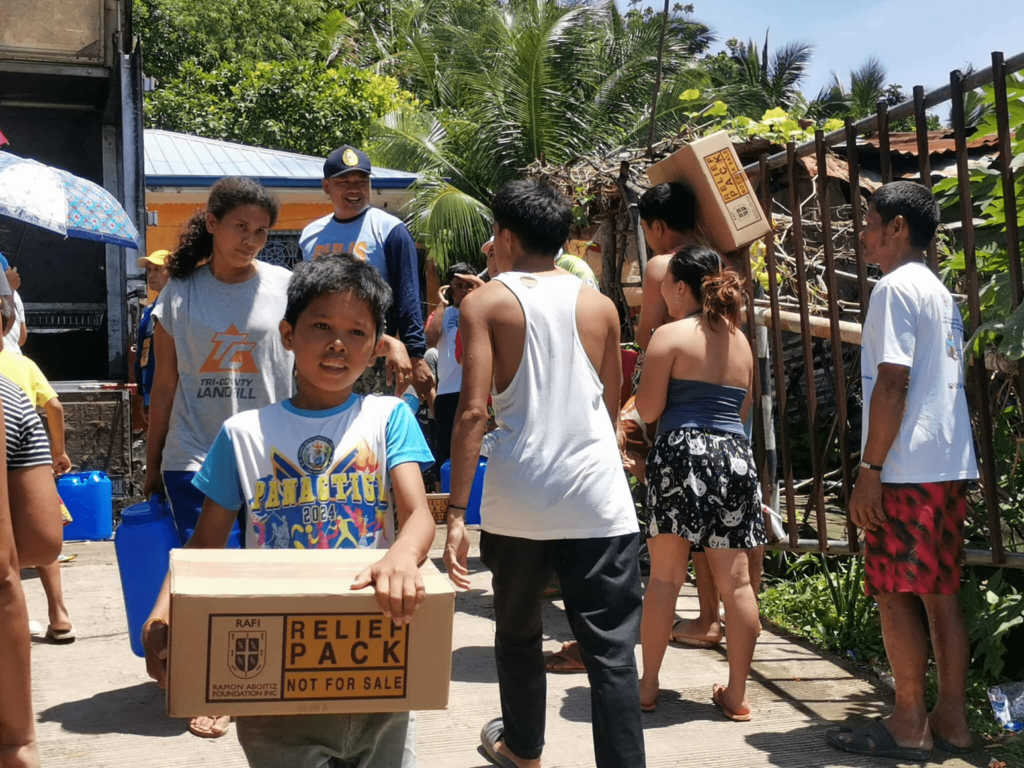
“Think big, start small,” became the mantra and philosophy of Hon. Alfredo Arquillano Jr., then vice mayor of San Francisco, in Camotes islands, Cebu. He spearheaded the local government in implementing his disaster risk reduction project which was awarded the prestigious 2011 United Nations Sasakawa Award for Disaster Risk Reduction in Geneva on May 14.
Project BRAVE (Building Resilience and Adaptation in Vulnerable Communities), RAFI’s project that aims to build disaster resilience in communities, adopts the strategy embraced by San Francisco, Camotes, and learning from their experience, added features to further localize messaging, contextualize risks and build capacity to respond to hazard.
In management there’s what is called the “two-pizza rule”, which simply puts that the smaller the group, the more productive and easier to mobilize it is. The same principle is banked on the project of the RAFI Disaster Response Management unit in Boljoon. By utilizing the purok (zone), an informal division at the grassroots within a barangay which is organized as a service and administrative delivery unit, as a “community-based disaster response”, the project aims to not just ensure that communities respond to disasters, but empower them to participate in planning and creating programs for disaster preparedness and risk reduction.
Honorato Flores, president of Purok Makigtambayayong 2 in Boljoon, during his purok’s evaluation, said about the intent of BRAVE through puroks, “Each one is valued…there is participation and sharing, and collaboration for a common purpose.”
Phase 1 of project BRAVE’s intention is to institutionalize the puroks. This means that puroks have to establish or produce Purok Governance Structure and Policies, Purok Data and Information System, Approved Purok Action/Implementation Plan, Purok Center, and Building Community Resilience, as indicated in the score cards used in the evaluation.
“Project BRAVE uses the purok system as strategy for executing disaster risk reduction management (DRRM), which relies on data-driven management approach,” Constantine “Tats” Samson, RAFI’s Project Manager of BRAVE, explained.
In a word, “functionality of the purok is the goal in Phase 1, which means that puroks should already have the structure, people and plans in place for them to sustain” Samson elaborated further.
Phase 1 is already 80% complete among 5 of the pilot barangays (i.e. 32 out of 38 puroks). Phase 1, which commenced last June 2023, was allotted 10 months (minus October 2023 because of the local elections), and will end with Purok Day on June 14, 2024, with the announcement of purok passers. Purok Development Planning will then be done after.
“We understand now how the purok works…and how it can be utilized to prepare areas vulnerable to calamities. The purok and the people are now empowered, and we are committed for the long-term,” admitted Edijer Estella, Purok Coordinator of Barangay Granada, Boljoon.




Previous
Next


